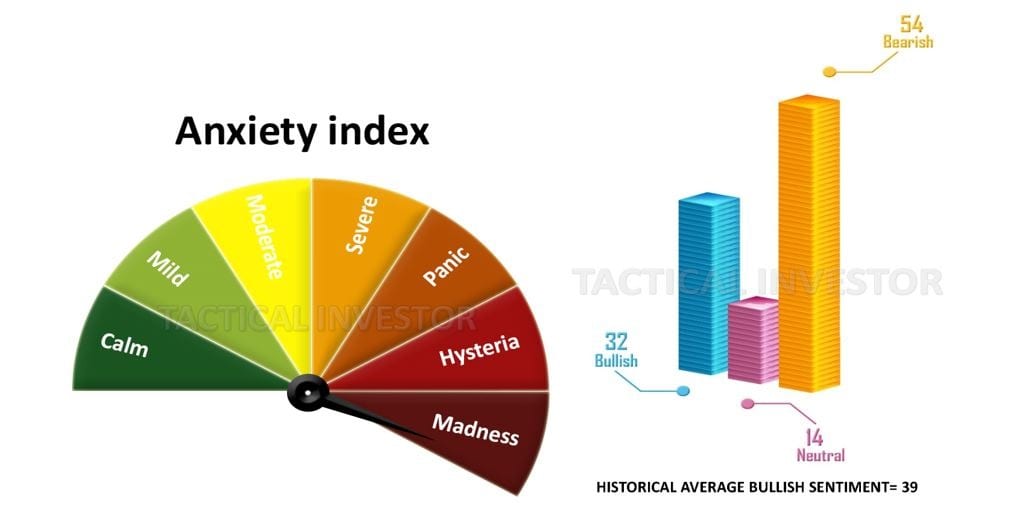
Why Are Interest Rates So Low?
“The fundamentals of the U.S. economy remain strong,” the Fed said in a 10 a.m. statement Tuesday announcing its decision that had unanimous support. “However, the coronavirus poses evolving risks to economic activity. In light of these risks and in support of achieving its maximum employment and price stability goals, the Federal Open Market Committee decided today to lower the target rate for the federal funds rate by ½ percentage point, to 1-1 ¼ percent.”
All of a sudden, the reality of revisiting the zero lower bound, which the Fed now refers to as the effective lower bound, is no longer off in the distance. It could be right around the corner. And this at a time when Fed officials are still saying that the economy and monetary policy are “in a good place” and the fundamentals are sound.
So what do policymakers do when the good place deteriorates into something mediocre and the fundamentals turn sour? Forward guidance, which I like to call talk therapy? Large-scale asset purchases? Unfortunately, the Fed goes to war with the tools it has, not the tools it might want or wish to have. Full Story
Why Are Interest Rates So Low? Mass Hysteria over the coronavirus
To put things into perspective, consider this: If cancer were a virus, it would be one of the most lethal viruses of all time, yet no one blinks that we lose 9.6 million people a year to this insidious disease. Until mass-scale testing is underway and the data is broken down into categories such as age group and other pre-existing conditions, all the massive death projections experts are issuing amount to faulty science.
It appears that the only course of action on the table is to give in to panic and flee for the heels. Well, that’s true if you are part of the herd; such action brings short term relief at the expense of monumentally large gains for the long-term player

Mass Hysteria Equates To Opportunity
This hysteria based sell-off is producing one of the most significant buying opportunities in decades, more on that later.
Insiders have been using this massive pullback to purchase shares, and one way to measure the intensity of their buying is to check the sell to buy ratio. Any reading 2.00 is considered normal, and below 0.90 is considered as exceptionally bullish. So what do you think the current ratio is; well, it’s at a mind-numbing 0.35, which means these guys are backing up the truck and purchasing shares.
So what are the readings today? Based on very heavy transaction volume, Vickers’ benchmark NYSE/ASE One-Week Sell/Buy Ratio is 0.33, and the Total one-week reading is 0.35. Insiders are not just buying shares, they are devouring shares. Insiders behaved in a similar fashion in late-December 2018, after stocks crashed on Christmas Eve; in early 2016 when stocks also corrected; and in late 2008/early 2009, at the depths of the Great Recession correction. Those were spectacular times to buy stocks. Insiders seem to be telling us that today offers a similar opportunity. https://yhoo.it/2TV0cE2
Other articles of interest:
BIIB stock Price: Is it time to buy
Stock market crashes timelines
Dow theory no longer relevant-Better Alternative exists
In 1929 the stock market crashed because of


